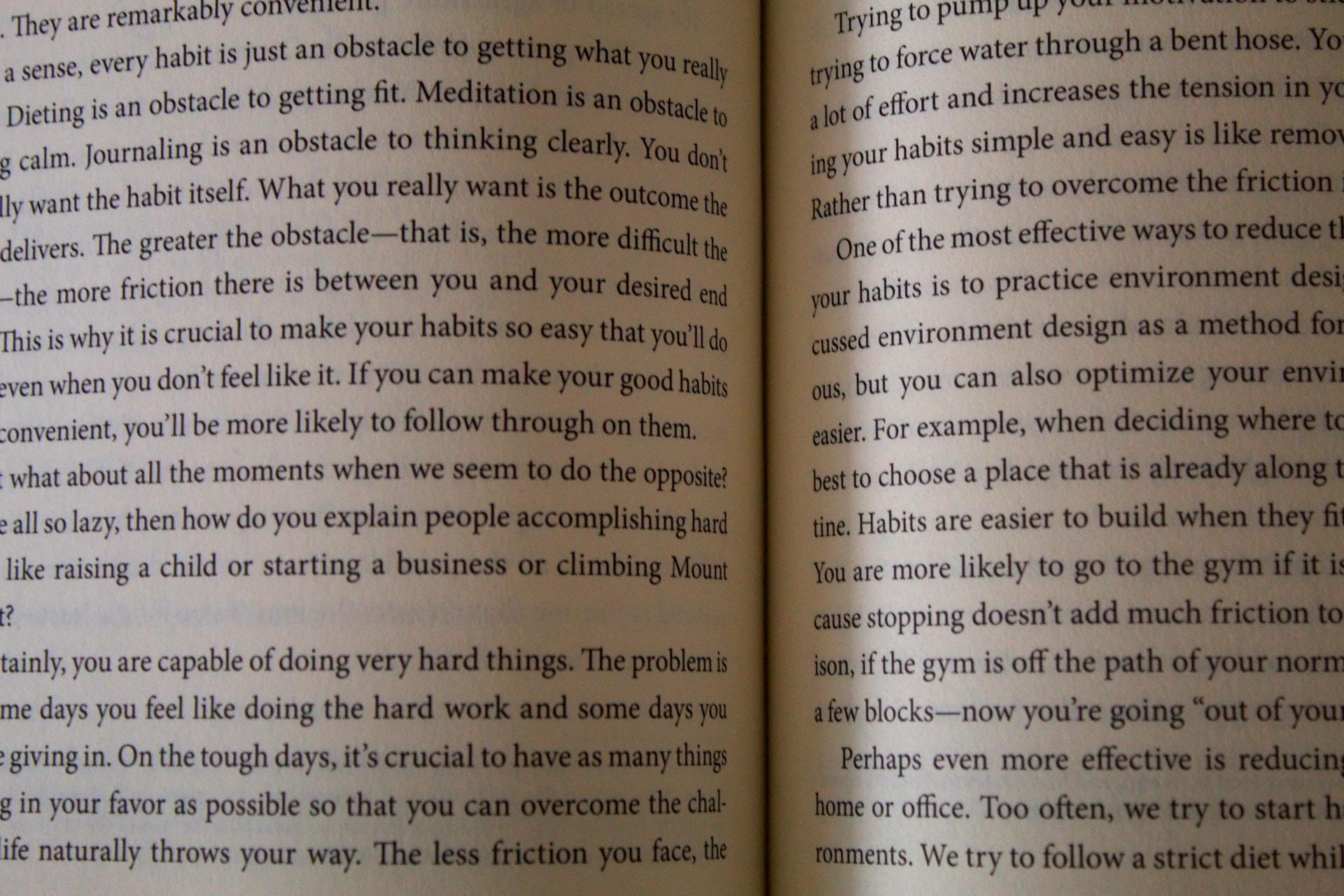Chapters
Effective writing is not just about having a good command of language; it's also about how well you organise your thoughts and ideas. To achieve good grades in GCSE English, you are going to need to be able to effectively share your ideas.
In English, we have certain methods of sharing information effectively. How can you actually structure your ideas to create something that makes sense to everyone reading and shows your English abilities to an examiner?
The use of paragraphs plays a crucial role in structuring your writing, helping readers navigate through your content seamlessly. In this exploration of organising information and ideas in writing, we'll delve into the importance of paragraphs, how to plan them effectively, and tips for linking ideas to create a cohesive piece of writing.

The Role of Paragraphs

Paragraphs are the building blocks of written communication, serving as a visual cue to signal a change in topic, idea, or argument.
They provide readers with a sense of structure and rhythm, making the text more digestible. Consider paragraphs as containers for related information, forming clusters that contribute to the overall coherence of your writing. A teacher or examiner will be looking at how you choose to divide your writing into paragraphs. You should look to understand the use of paragraphs and how to be effective with this.
A well-constructed paragraph has a central idea or theme. Ensure that every sentence in the paragraph contributes to the development of this main point. This unity fosters coherence, making it easier for readers to follow your logic and grasp the intended message.
Topic Sentences
A topic sentence encapsulates the main idea of a paragraph. Placing it at the beginning provides a clear roadmap for the reader. Subsequent sentences should expand upon or support the topic sentence, reinforcing the paragraph's focus. Each paragraph introduces its own new topic or idea.
Transitions
Transitions act as bridges between paragraphs. They establish connections, helping readers smoothly transition from one idea to the next. Words like "however," "furthermore," and "conversely" guide readers through the logical progression of your argument.
Think of a piece of writing that is coherent and well-connected. It will use linking words to guide the reader through.
To add to a point
In addition…
Furthermore…
One may also say…
Moreover…
To compare
Likewise…
Similarly…
In the same way…
To make a contrast
On the other hand…
Conversely…
Opposingly…
In contrast…
To conclude
In summary…
Overall…
In conclusion…
Planning Paragraphs for Effective Structure
Organising your thoughts before putting pen to paper (or fingers to keyboard) is a crucial step in creating a well-structured piece of writing.
They give us a tool for planning, too. For example, they provide a way for us to quickly make a note of what each paragraph should include when planning an essay or an answer. This can provide a quick overview and help with time management. This is also crucial in your GCSE exam.
Consider the following strategies when planning your paragraphs:
The Outline
Start with an outline that identifies key points and their relationships. This skeletal structure will guide your paragraph formation, ensuring a logical flow of ideas.
Hierarchy of Ideas
Arrange your ideas in a hierarchy, placing the most important points first. This not only captures the reader's attention early on but also establishes a foundation for subsequent details.
Consider the Reader's Journey
Imagine the reader as a traveller navigating through your text. Each paragraph should be a distinct destination, offering valuable information and contributing to the overall journey.
Varied Structure
Keep your writing engaging by varying the structure of your paragraphs. Mix longer, more complex sentences with shorter, punchier ones to maintain a dynamic rhythm that doesn’t become monotonous and boring.
Linking Your Ideas on Paper

Creating a cohesive piece of writing (whether that means coursework or an exam answer) involves not only crafting individual paragraphs but also ensuring a seamless connection between them. Here are tips for linking ideas and paragraphs:
1. Parallel Structure:
Maintain consistency in the structure of your sentences and paragraphs. Parallelism fosters a sense of harmony, making it easier for readers to follow your line of thought.
2. Repetition of Key Terms:
Repeating key terms or phrases across paragraphs reinforces the thematic connections. This repetition serves as a subtle reminder of the overarching ideas in your writing.
3. Pronouns and Synonyms:
Use pronouns and synonyms effectively to refer back to previously mentioned concepts. This creates a thread of continuity, reinforcing the relationships between ideas.
4. Logical Progression:
Ensure a logical progression of ideas from one paragraph to the next. Each paragraph should build upon the preceding one, creating a coherent narrative that flows seamlessly. Try not to jump around too much as this can be a way to lose your readers’ attention or make an examiner think you haven’t understood the task.
5. Transitional Phrases:
Employ transitional phrases to guide readers through shifts in thought. Words like "in addition," "however," and "furthermore" act as signposts, facilitating a smooth transition between ideas. They also help to show your understanding of English, so examiners can confidently give a high grade in your GCSE.
Varying Your Paragraphs
Paragraphs should provide some variation, different lengths and of course, different topics.
Vary the lengths and structures of your sentences within a paragraph. Mix shorter, concise sentences with longer, more complex ones. This keeps the rhythm dynamic and engages the reader.
Don’t start with the same words. For example, someone might continually start their paragraphs and sentences with the topic in question. If they are writing about childbirth, every sentence may start with “Childbirth is” which can get very boring.
Begin paragraphs with a mix of topic sentences, descriptive phrases, or even quotes. Starting with varied elements can grab the reader's attention
Conclusion
Mastering the art of organising information and ideas in writing requires a thoughtful approach to paragraph construction and effective linking of thoughts. By focusing on unity, coherence, and strategic planning, you can create a compelling narrative that captivates readers from start to finish. Remember, paragraphs are not just divisions but essential tools for conveying your message with clarity and impact.












Great site with a lot of resources. Thank You so much.
Hi Anneme! Thanks for your lovely comment, glad to hear that you found these resources useful! Best of luck with your revision! :)
thank you for helping me with my work
Wow. I can’t imagine what sources were used for this, but they clearly weren’t reliable. “During the first half of the twentieth century, America was open to immigrants from all parts of Europe”—nope. Look up the Immigration Act of 1924, and keep in mind it didn’t come out of nowhere. It wasn’t significantly revised until 1952 and was only replaced in 1965. It’s not exactly a secret Americans overall were distinctly unwelcoming toward Italian immigrants for quite some time. I’m not sure how many were victims of hate crimes in total, but not everyone murdered in the lynching epidemic was Black.
“However, Italian immigrants, especially from southern Italy or Sicily, held on to their ancient values”—don’t most of us do that? This smacks of xenophobia, and it gets worse from there. “Italy has a violent past due to criminal organizations like the Mafia…” I don’t even know where to start with this, but I see this is a UK site. Do you not realize how violent your own history is? Do you think Italians are monolithic? Even if your portrayal of the mafia’s significance were accurate, what makes a mafia don so different from one of the many capricious, overly entitled English monarchs throughout your history?
To be clear, I don’t want your answers to any of these questions. I want you to properly research your subjects before attempting to teach others about them.